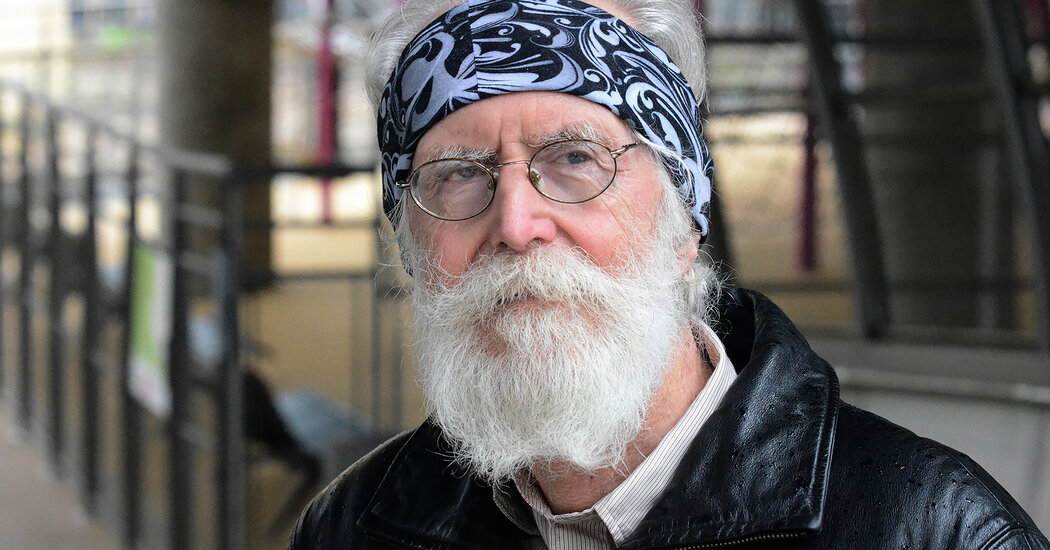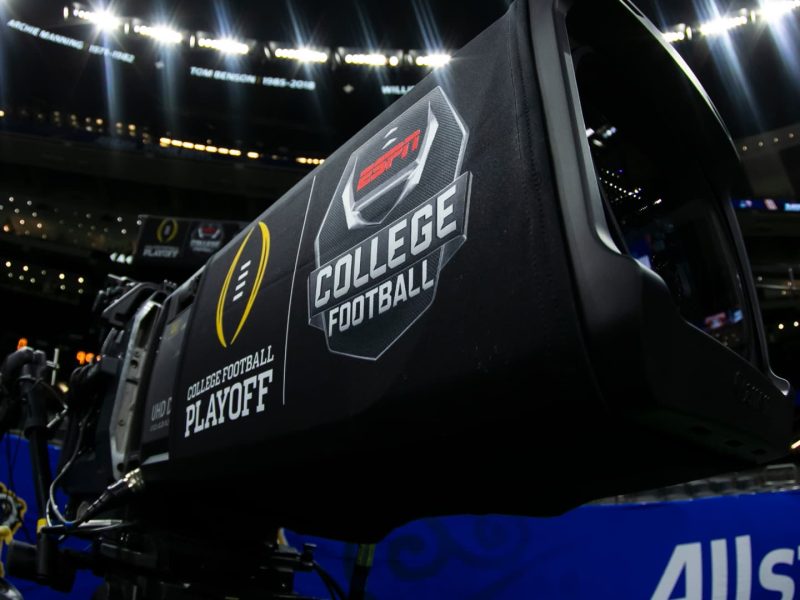A French mathematician is the recipient of this year’s Abel Prize, the math equivalent of the Nobel, for advances in understanding randomness in the universe — the heights of ocean waves crashing on a beach, the weights of babies, the ups and downs of the stock market — work that has found use in mathematical physics and statistics.
The Norwegian Academy of Science and Letters, which runs the Abel Prize, announced Wednesday morning that the recipient was Michel Talagrand, 72, a former researcher at France’s National Center for Scientific Research.
“Talagrand is an exceptionally prolific mathematician whose work has transformed probability theory, functional analysis and statistics,” the academy said in its award citation. “His research is characterized by a desire to understand interesting problems at their most fundamental level, building new mathematical theories along the way.”
Dr. Talagrand will receive 7.5 million Norwegian kroner, or about $700,000. That money, along with money he won in 2019 for the Shaw Prize, another prestigious award, will go to a new prize “in my favorite areas of mathematics,” he said.
As a 15-year-old, a month in the hospital helped spur his mathematical abilities. A decade earlier, he had gone blind in his right eye after the retina detached, the result of a genetic condition. Then the retina in his left eye detached too. His father, a college math instructor, taught him mathematics while his eyes were bandaged.
“This is how I learned the power of abstraction,” Dr. Talagrand wrote in an autobiography for the Shaw Prize.
Up until then, he was an average student. “The trauma made me a different person, in a way that is still mysterious to me,” he wrote. “When I returned to school, I was, at least in math and physics, an excellent student.”
In an alternate universe, Dr. Talagrand might have ended up as a secondary school teacher not doing any research. But he also applied for a position at the National Center for Scientific Research that did not require a doctoral degree.
He was hired in 1974, and he remained at the center until he retired in 2017. (In 1977, he obtained his Ph.D. from the University of Paris VI.)
The Abel committee cited three areas of Dr. Talagrand’s work.
One involves what is known as stochastic processes — temperatures, water level in a river, market swings — where measurements fluctuate randomly. Dr. Talagrand studied how to estimate the maximum of such random measurements. Someone building a house along a river might want to know, for example, the chances of flooding.
“You consider the level of the river as a stochastic process, and it develops over time, and you want to find the maximum this level can have over a period of 25 years,” said Helge Holden, chairman of the prize committee.
An exact calculation is impossibly complex, but Dr. Talagrand’s statistical methods were able to provide good estimates, better than he might have expected when he started the research.
“The universe turned out to be nice in this case,” Dr. Talagrand said. “As simple as it could be.”
Assaf Naor, a professor of mathematics at Princeton University, said Dr. Talagrand was able to use ideas of geometry to analyze what could be said about random measurements.
“This is a very remarkable connection,” Dr. Naor said.
The technique is widely applicable, Dr. Naor said. “I’m not saying it’s easy to implement, but you know that if you follow his recipe, if you succeed, you’re going to get the truth.”
A second area highlighted by the Abel committee involved how Dr. Talagrand helped show that there is a measure of predictability within random processes. A simple example is flipping a coin where there is a 50 percent chance of heads and 50 percent of tails. Flip the coin two times, and the expected value of the number of heads is one. But half of the time, the result will be as far away from the expected value as possible — zero or two.
Flip the coin 1,000 times, and the result will be much closer to the expected value. An essay accompanying the earlier Shaw Prize pointed out that the probability that the number of heads will fall between 450 and 550 is about 99.7 percent; the chances that the number will be more than 600 are almost negligible.
The same applies to other more complex problems, like the number of bins needed to hold items of different sizes or the shortest distance that a traveling salesman could take to a number of different cities.
Later, Dr. Talagrand became interested in a physics problem known as spin glasses, where there is a complicated interaction between individual magnets — an example of a spin glass would be iron atoms randomly mixed into a grid of copper atoms. Based on intuition, a physicist, Giorgio Parisi, came up with a detailed description of how these disordered magnetic materials should behave.
“For a mathematician, this doesn’t make any sense whatsoever,” Dr. Talagrand said of the rationale Dr. Parisi used.
While mathematicians regarded coming up with a mathematical proof for Dr. Parisi’s spin glasses as an impossibly difficult problem, Dr. Talagrand decided to try. “I say, ‘OK, I’m not going to solve it, but there’s nothing to lose trying,’” he said.
After five years without success, he made a simple observation that led to a solid proof showing that Dr. Parisi was correct.
“It turned out the solution was not that difficult,” Dr. Talagrand said. “But of course, you couldn’t get up in the morning and figure it out. There has to be a lot of humble work.”
Dr. Parisi shared the Nobel Prize in Physics in 2019 for his spin glass work.
For problems that Dr. Talagrand has not been figure out himself, he has offered money for anyone who can. On his website, he proclaims, “Become RICH with my prizes,” listing five problems. One of them, known as the Bernoulli Conjecture, was indeed solved in 2012, and Dr. Talagrand paid out the $5,000 price to the two mathematicians who had produced the proof.
“I had worked on that for well over 10 years continuously, but I couldn’t solve it,” Dr. Talagrand said. “The most magnificent piece of mathematics I’ve ever seen. And I was really happy when they solved this, because I could never have done something that difficult.”
Unlike Nobel Prize laureates who find out just before the prizes are publicly announced, Abel Prize winners get the news a few days in advance, usually from colleagues who were let in on the secret even earlier.
“The people who knew set a nice kind of little trap,” Dr. Talagrand said, referring to a subterfuge of a telephone interview request to inform him of the news of the Abel Prize.
“My mind went absolutely blank for a good five seconds when I heard that,” Dr. Talagrand said in an interview. “I would not have been more surprised if I saw the alien ship descend in front of the White House.”



